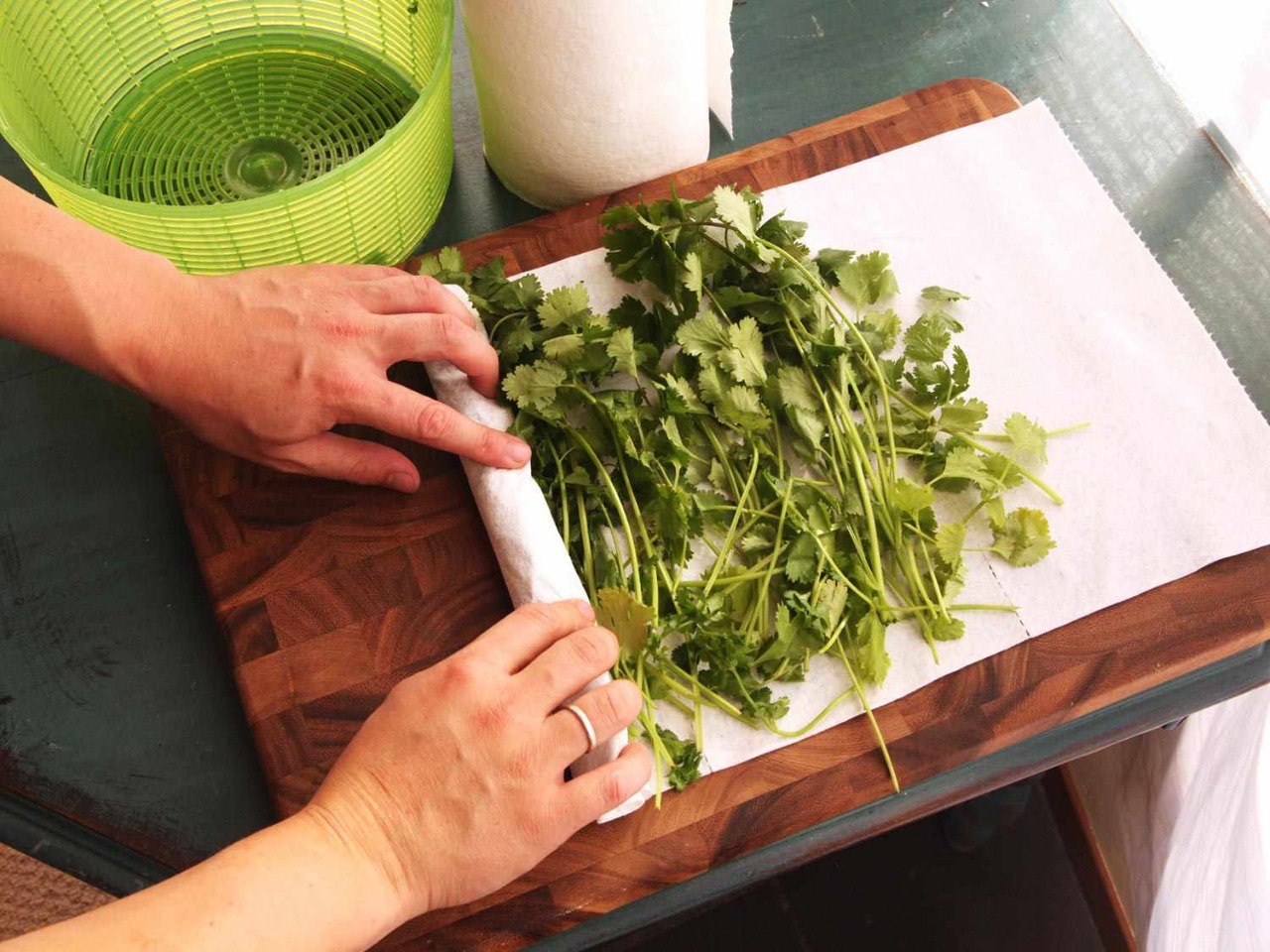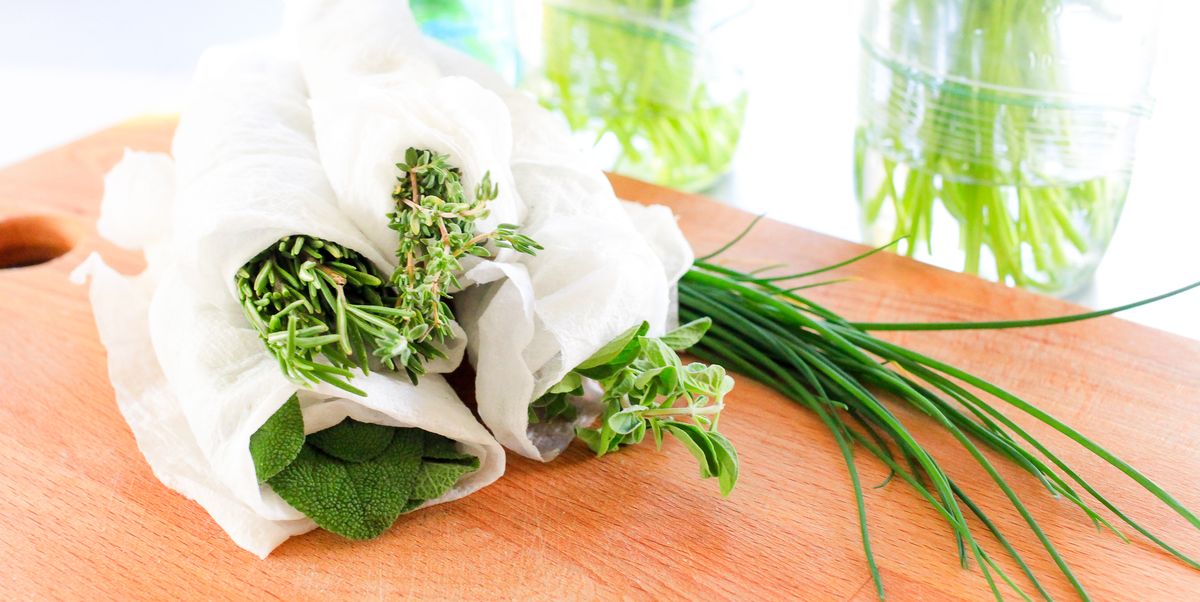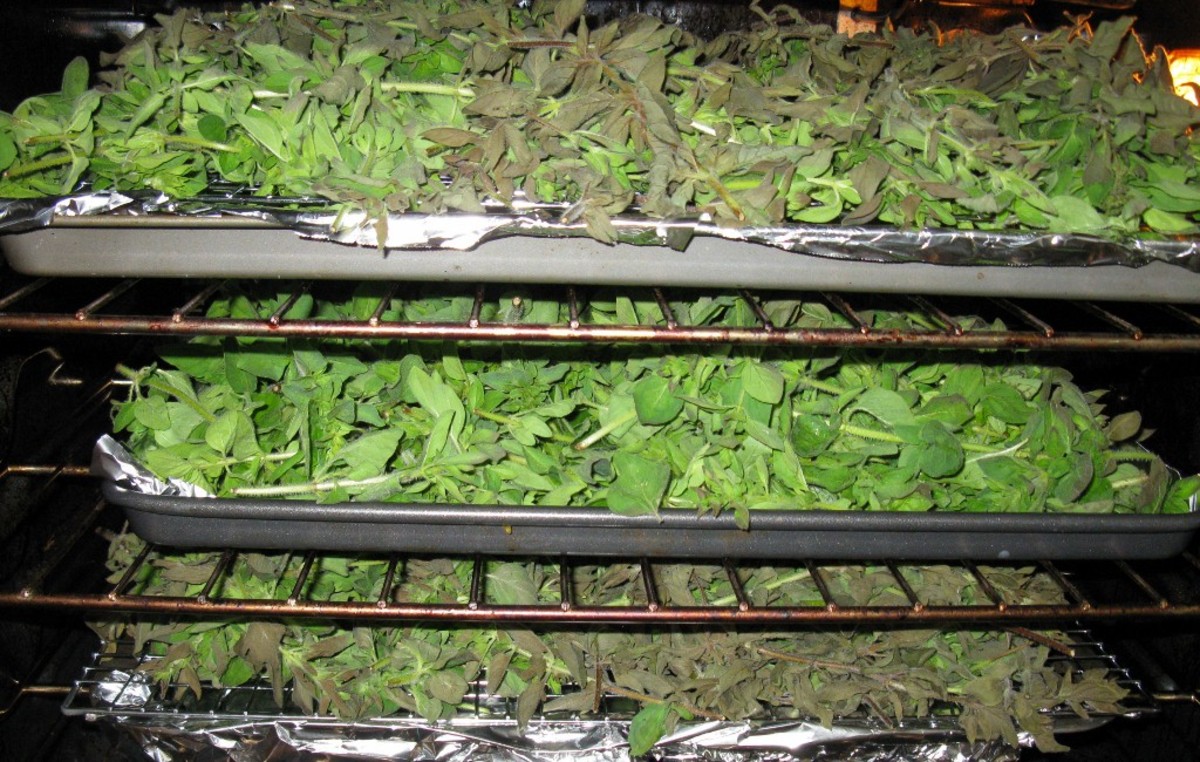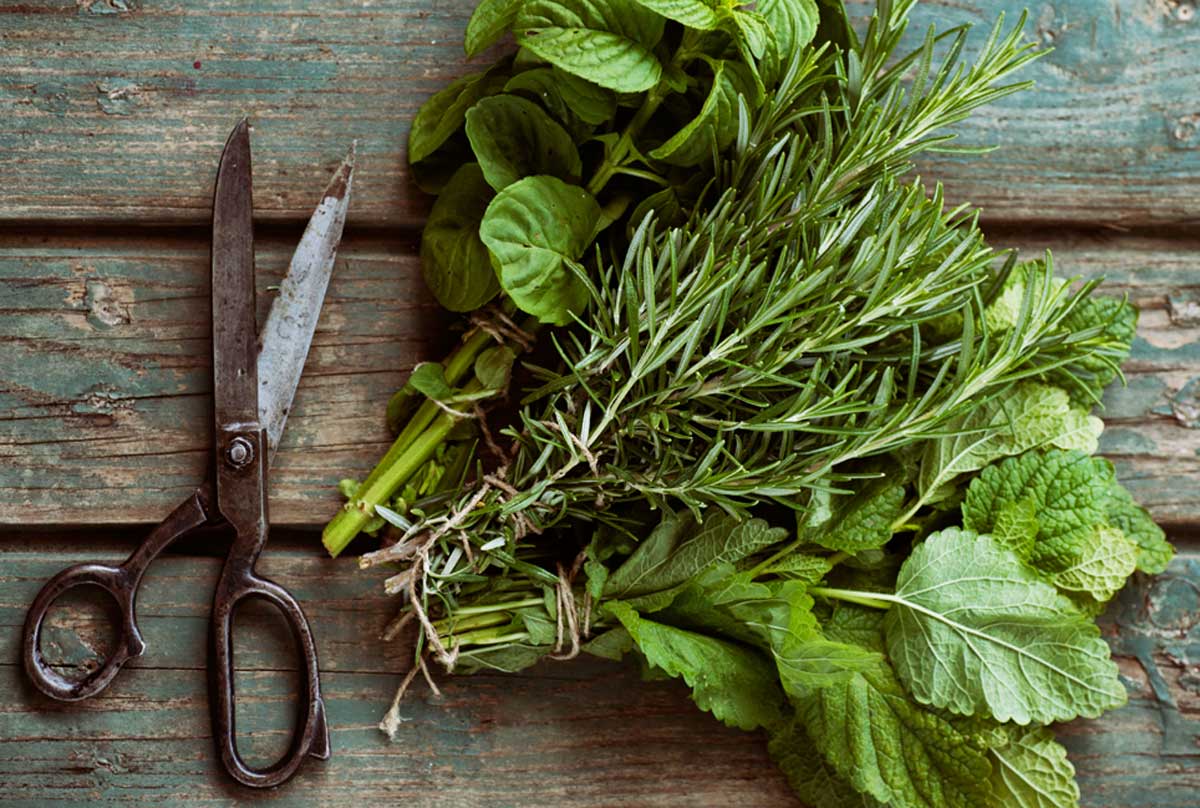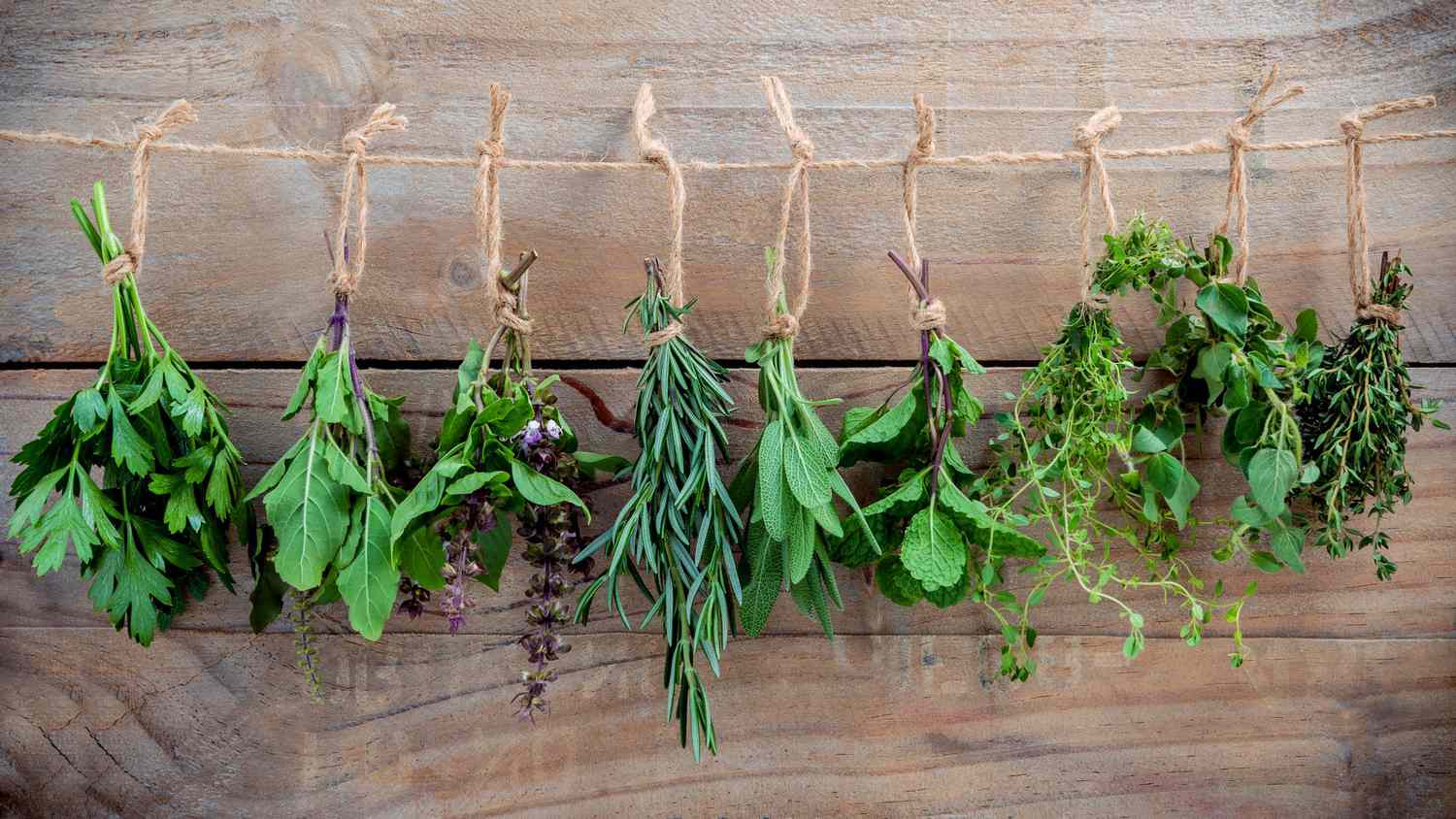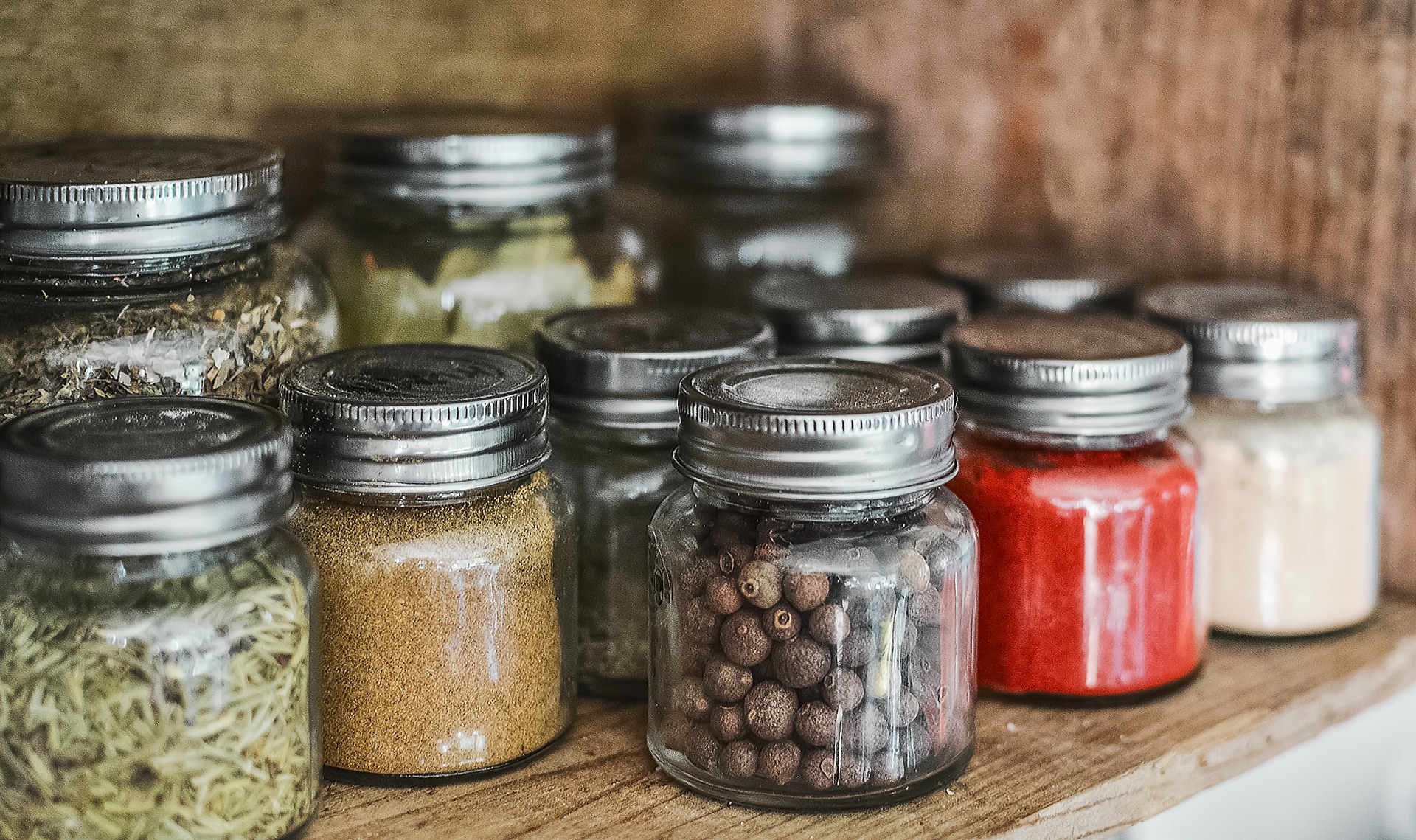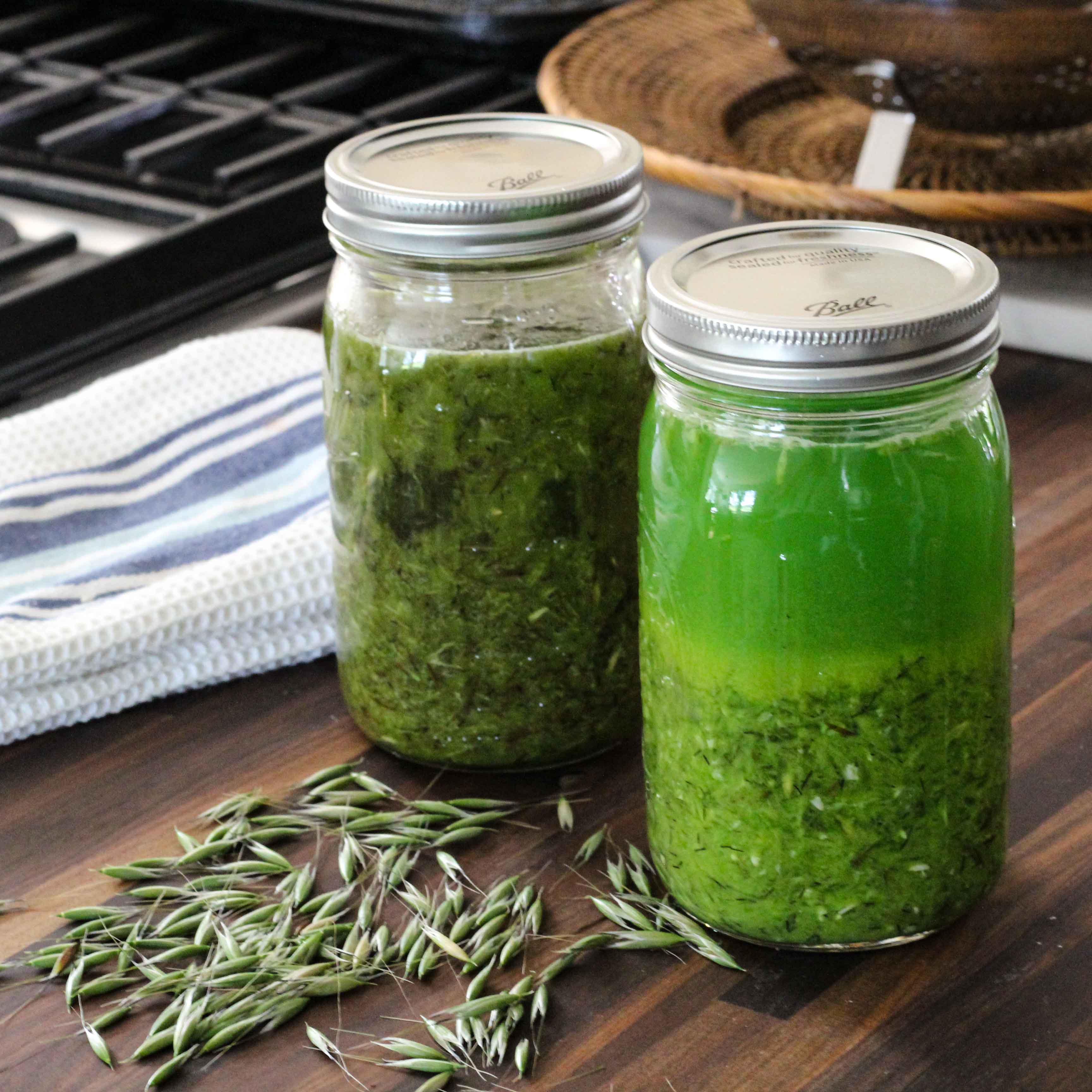Home>Gardening News and Trends>Latest News>How To Say Herbs In Spanish


Latest News
How To Say Herbs In Spanish
Published: September 25, 2023
Discover the latest news on how to say herbs in Spanish. Expand your culinary vocabulary and explore the translations for different herbs in the Spanish language.
(Many of the links in this article redirect to a specific reviewed product. Your purchase of these products through affiliate links helps to generate commission for Chicagolandgardening.com, at no extra cost. Learn more)
Table of Contents
Introduction
Welcome to our guide on how to say herbs in Spanish! If you’re a fan of cooking, gardening, or just have an interest in plants, learning the names of herbs in different languages can be fascinating. Spanish, with its rich culinary traditions and diverse range of herbs, offers a unique opportunity to expand your knowledge of the natural world and impress your Spanish-speaking friends with your linguistic skills.
In this article, we will explore the names of common herbs in Spanish and provide pronunciation tips to help you master their sound. Whether you’re planning to use these herbs in your cooking, discuss them with others, or simply satisfy your curiosity, this guide will be your go-to resource.
Learning the names of herbs in Spanish will not only enrich your vocabulary but also deepen your cultural understanding. Many herbs play a significant role in Spanish cuisine, adding flavors and aromas that are distinct to this culinary tradition.
So, let’s get started and discover the world of herbs in Spanish!
Common Herbs and Their Spanish Names
Here are some common herbs and their Spanish names:
- Basil – Basilio
- Parsley – Perejil
- Rosemary – Romero
- Mint – Menta
- Thyme – Tomillo
- Sage – Salvia
- Oregano – Orégano
- Cilantro/Coriander – Cilantro
- Dill – Eneldo
- Chives – Cebollino
- Cayenne pepper – Pimiento de Cayena
- Tarragon – Estragón
- Bay leaf – Laurel
These are just a few examples of the many herbs used in Spanish cuisine. Each herb brings its own unique flavor profile to dishes, enhancing the overall taste and aroma. Whether you’re cooking traditional Spanish recipes or experimenting with your own creations, knowing the Spanish names for these herbs will help you follow recipes and communicate your culinary preferences more effectively.
Now that you’re familiar with the names of common herbs in Spanish, let’s move on to the next section and learn how to pronounce them correctly.
Pronunciation Tips
Pronouncing the names of herbs in Spanish correctly can be a bit challenging for non-native speakers. However, with a little practice and guidance, you’ll be able to pronounce them with confidence. Here are some helpful tips:
- Basil – Basilio: The “a” in Basilio is pronounced like the “a” in “car”. The stress is on the second syllable.
- Parsley – Perejil: The “e” in Perejil is pronounced like the “e” in “bed”. The stress is on the second syllable.
- Rosemary – Romero: The “e” in Romero is pronounced like the “e” in “bed”. The stress is on the second syllable.
- Mint – Menta: The “e” in Menta is pronounced like the “e” in “bed”. The stress is on the second syllable.
- Thyme – Tomillo: The “o” in Tomillo is pronounced like the “o” in “go”. The stress is on the second syllable.
- Sage – Salvia: The “a” in Salvia is pronounced like the “a” in “car”. The stress is on the second syllable.
- Oregano – Orégano: The “o” in Orégano is pronounced like the “o” in “go”. The stress is on the second syllable.
- Cilantro/Coriander – Cilantro: The “i” in Cilantro is pronounced like the “ee” in “see”. The stress is on the second syllable.
- Dill – Eneldo: The “e” in Eneldo is pronounced like the “e” in “bed”. The stress is on the second syllable.
- Chives – Cebollino: The “e” in Cebollino is pronounced like the “e” in “bed”. The stress is on the third syllable.
- Cayenne pepper – Pimiento de Cayena: Each word should be pronounced separately according to Spanish pronunciation rules.
- Tarragon – Estragón: The “o” in Estragón is pronounced like the “o” in “go”. The stress is on the second syllable.
- Bay leaf – Laurel: The “a” in Laurel is pronounced like the “a” in “car”. The stress is on the first syllable.
Remember, the key to pronunciation is practice. Listen to native Spanish speakers or online audio resources to get a feel for the correct pronunciation, and don’t be afraid to practice saying the words out loud until you feel comfortable.
Now that you know how to pronounce these herb names, let’s move on to the next section and learn how to use them in Spanish sentences.
Using Herbs in Spanish Sentences
Now that you have learned the names and pronunciation of common herbs in Spanish, let’s explore how to use them in sentences. Whether you’re describing a recipe, discussing your favorite herbs, or talking about the health benefits of herbs, incorporating them into your Spanish conversations will enhance your language skills.
Here are some examples of how to use herbs in Spanish sentences:
- Me gusta cocinar con albahaca fresca. – I like to cook with fresh basil.
- Añade perejil picado al aderezo para ensaladas. – Add chopped parsley to the salad dressing.
- El romero le da un sabor delicioso al pollo asado. – Rosemary adds a delicious flavor to roasted chicken.
- La menta es refrescante y se puede utilizar en cócteles y postres. – Mint is refreshing and can be used in cocktails and desserts.
- El tomillo se utiliza en muchos platos de la cocina mediterránea. – Thyme is used in many Mediterranean dishes.
As you can see, using herbs in Spanish sentences is quite straightforward. Simply replace the English herb name with its Spanish equivalent, and make sure to match the verb conjugation and sentence structure accordingly. The more you practice incorporating these herb names into your conversations, the more natural and fluid your Spanish speaking skills will become.
Now that you’re equipped with the knowledge of common herb names, their pronunciation, and how to use them in Spanish sentences, you’re well on your way to becoming a bilingual herb enthusiast. Practice, immerse yourself in the language, and explore the culinary world of Spanish cuisine.
Conclusion
Congratulations! You’ve reached the end of our guide on how to say herbs in Spanish. By learning the names, pronunciation, and usage of common herbs in Spanish, you’ve expanded your culinary and linguistic repertoire.
Herbs play an integral role in Spanish cuisine, adding depth and flavor to dishes. Whether you’re an aspiring chef, a language enthusiast, or simply someone with a passion for plants, incorporating herbs into your Spanish vocabulary opens up a world of possibilities.
Remember, practice is key to mastering any language, including Spanish. Practice pronouncing the herb names, use them in sentences, and continue to immerse yourself in the Spanish language. The more you engage with the language, the more confident and fluent you’ll become.
So, grab your basil, parsley, rosemary, and other herbs, and let your culinary journey in Spanish cuisine begin!
¡Buena suerte y buen provecho! (Good luck and enjoy your meal!)
